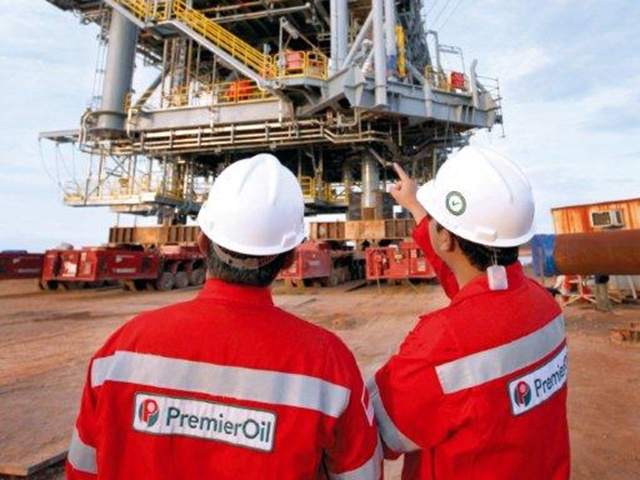
Premier Oil has submitted a decommissioning plan for a well in its North Sea Stirling field.
The firm is planning to remove the wellhead protection structure (WPS) on well 16/21a-33, however pipelines and other stabilisation materials are not being removed at this time.
Despite being treated as a standalone project, the plan is part of a wider campaign in the Greater Balmoral Area, which Premier recently said it was planning to extend the life of until 2021.
Premier had initially planned to shut it down next year.
The decommissioning plan is set to begin either this month or in May and is due for completion in Q2 of this year.
A dive support vessel (DSV) is planned to move the WHPS to a clear area of seabed within the 500metre safety zone already established on the well.
As it is too large to be recovered to the DSV in one piece, it is planned to “reconfigure the rigging and structure” to transport the WHPS to shore.
Eight concrete mattresses will be placed on the sea floor for the WHPS to sit on, to stop it sinking into the muddy sediments in the area.
After its removal, well intervention work will be carried out in Q2 and Q3 of this year.
Stirling lies around 120 miles off the coast of Aberdeen.
Fish species of haddock, cod and saithe are relatively abundant in the area, and some monkfish landings are also made which is among the most important species to Scottish skippers.
However, the Scottish Fishermen’s Federation (SFF) says that trawling in the area is to the south and west, well removed from the area.
A UK government decommissioning application states that the SFF have no concerns of the activities, provided they are contained within the 500metre exclusion zone.
A full decommissioning site survey will be carried out following shutdown of the wider Greater Balmoral Area. This is expected to take place in 2022.
